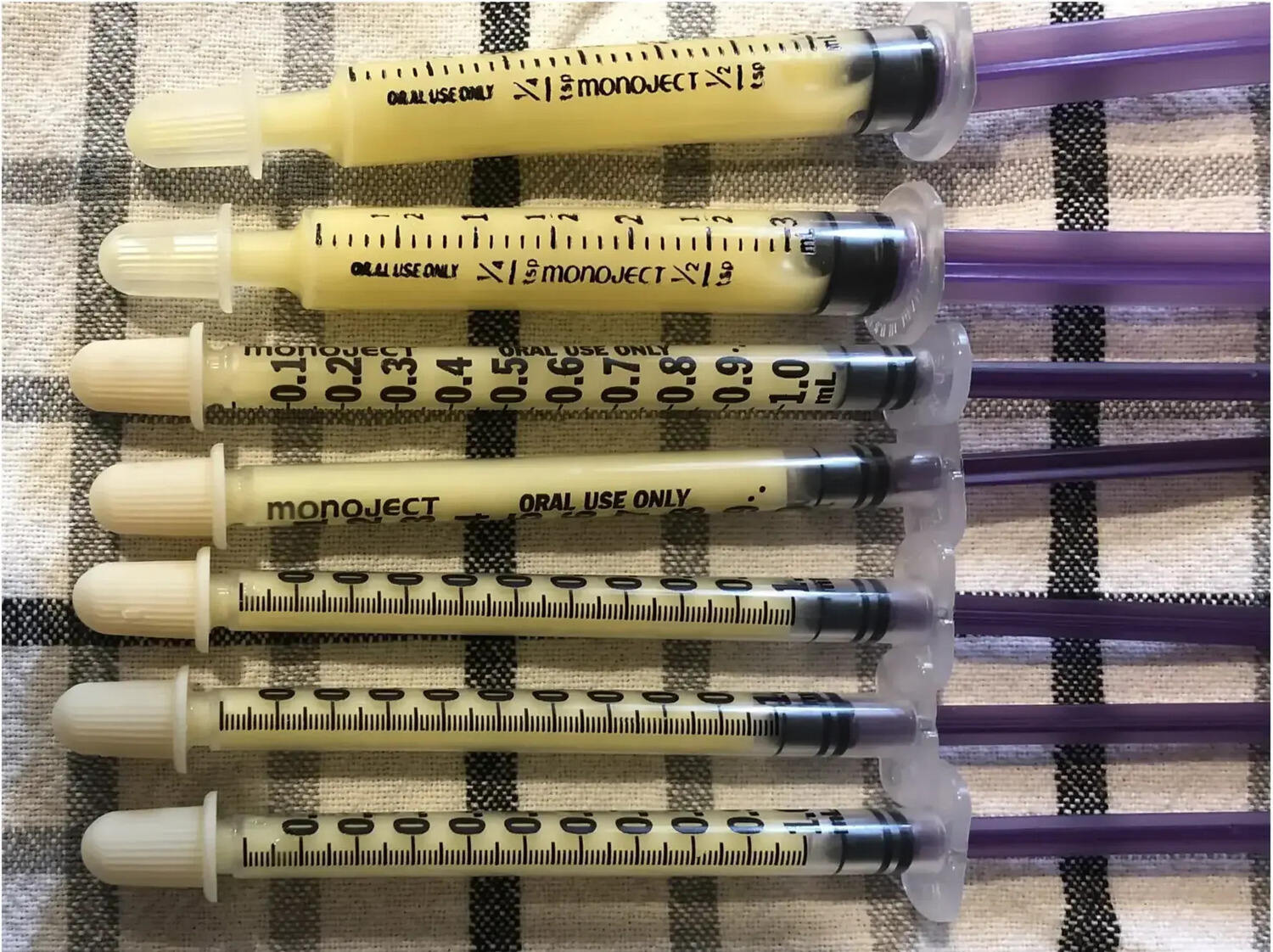

Articles
How To Store Colostrum In Syringe
Modified: March 2, 2024
Learn the proper way to store colostrum in a syringe with our informative articles. Ensure its effectiveness for newborns and maximize its benefits.
(Many of the links in this article redirect to a specific reviewed product. Your purchase of these products through affiliate links helps to generate commission for Storables.com, at no extra cost. Learn more)
Introduction
Storing colostrum in a syringe is an effective way to preserve this valuable substance for future use. Colostrum, also known as “liquid gold,” is the first milk a mammal produces after giving birth. It is rich in antibodies, nutrients, and immune-boosting properties that are crucial for the health and development of newborns.
Whether you are a breastfeeding mother, a farmer taking care of newborn calves, or a healthcare professional working with premature infants, knowing how to store colostrum properly is essential to ensure its freshness and potency.
In this article, we will discuss the importance of storing colostrum, the steps involved in preparing for storage, and the techniques for proper storage and organization. We will also provide helpful tips on thawing and using stored colostrum effectively.
By following the guidelines and best practices outlined here, you will be able to maintain the nutritional value of colostrum and have it readily available when needed.
Key Takeaways:
- Properly storing colostrum in a syringe ensures a vital source of nourishment and protection for newborns, whether for breastfeeding, farming, or healthcare purposes.
- Thaw and use stored colostrum effectively by following recommended procedures, preserving its quality and maximizing benefits for newborns and animals.
Read more: How To Store Colostrum Without Syringe
Importance of Storing Colostrum
The importance of storing colostrum cannot be overstated, as it serves as a vital source of nourishment and protection for newborns. Colostrum contains a high concentration of antibodies and immune cells that help strengthen the newborn’s immune system and protect against diseases.
For breastfeeding mothers, storing colostrum can be beneficial in various scenarios. It allows them to build up a reserve of milk for times when they are unavailable or unable to breastfeed, ensuring that their baby continues to receive the essential nutrients and antibodies present in colostrum.
Storing colostrum is also crucial for farmers who work with newborn calves. Calves require colostrum within the first few hours of birth to acquire passive immunity against common infections. Storing colostrum allows farmers to have a readily available supply, especially if a mother cow is unable to provide sufficient colostrum.
In a healthcare setting, storing colostrum becomes even more critical. Premature infants or babies with certain medical conditions may not be able to breastfeed right away. By storing colostrum, healthcare professionals can provide these infants with the necessary nutrients and immune support, giving them a better chance at healthy growth and development.
Another advantage of storing colostrum is its versatility. It can be used for other purposes, such as relieving sore nipples in breastfeeding mothers or creating a colostrum substitute for animals unable to access their mother’s milk.
Overall, storing colostrum ensures that this valuable substance is available when needed, providing a reliable source of nutrition and immunity for newborns in various contexts.
Steps to Prepare for Storing Colostrum
Proper preparation is crucial when it comes to storing colostrum. Following these steps will help ensure that the colostrum remains fresh, uncontaminated, and ready for future use:
- Cleanliness is key: Before handling colostrum, make sure to thoroughly wash your hands with soap and warm water. This will help prevent the introduction of harmful bacteria into the colostrum.
- Gathering necessary supplies: Prepare all the supplies you will need, such as a clean storage syringe, labels, and disposable gloves.
- Choose a suitable storage container: Select a syringe that is specifically designed for storing and feeding colostrum. These syringes are typically made of medical-grade materials and have airtight seals to prevent contamination.
- Extracting colostrum using a syringe: Position the syringe near the nipple or udder and gently draw back on the plunger to collect the colostrum. Take care not to pull too hard to avoid damaging the nipple or udder tissue.
- Preparing the syringe for storage: Once the desired amount of colostrum is collected, remove the needle from the syringe if it was used for extraction. Replace it with a cap or an airtight cap designed for syringe storage.
- Proper storage techniques: Store the filled syringe in a clean, cool, and dark place. Temperature fluctuations can compromise the quality of the colostrum, so avoid storing it near heat sources or in direct sunlight. Refrigeration is recommended for longer-term storage, while freezing can be an option for extended periods.
- Labeling and organizing stored colostrum: Clearly label each syringe with the date and time of collection. This helps keep track of the freshness and allows for proper rotation of stored colostrum. Additionally, organize the syringes in a way that makes it easy to access the colostrum based on its age.
By following these steps, you can ensure that the colostrum is collected and stored in a manner that maintains its quality, preventing contamination and ensuring its effectiveness when used at a later time.
Gathering Necessary Supplies
Before you begin the process of storing colostrum, it’s essential to gather all the necessary supplies. Having everything prepared and within reach will make the process more efficient and ensure the colostrum is stored properly. Here are the supplies you will need:
- Clean storage syringe: Choose a syringe specifically designed for storing colostrum. These syringes are typically made of sterile, medical-grade materials that are safe for storing and dispensing colostrum.
- Labels: Having labels on hand is crucial for properly documenting and organizing the stored colostrum. Use stickers or adhesive labels that are durable and can withstand refrigeration or freezing.
- Disposable gloves: Wearing disposable gloves during the entire process helps maintain hygiene and prevents the introduction of bacteria or contamination.
- Clean, dry towel or cloth: Having a clean towel or cloth nearby can be useful for wiping any spills or drips during the extraction and storage process. It helps promote cleanliness and prevents the spread of bacteria.
- Clean containers: If you prefer to transfer the colostrum from the syringe to another container, make sure the containers are clean and have airtight lids. Glass or food-grade plastic containers are suitable options. Ensure they are properly sanitized before use.
- Refrigerator or freezer: Depending on how long you plan to store the colostrum, you will need a refrigerator or freezer to maintain the proper temperature. A refrigerator is suitable for short-term storage, while a freezer is necessary for long-term storage.
By gathering these supplies in advance, you will be well-prepared to collect, store, and organize the colostrum efficiently. This ensures that the colostrum remains fresh, uncontaminated, and ready for use whenever needed.
Extracting Colostrum Using a Syringe
Extracting colostrum using a syringe is a common and effective method for collecting and storing this valuable substance. It allows for precise measurement and easy transfer into storage containers. Follow these steps to extract colostrum using a syringe:
- Wash your hands: Before beginning the extraction process, thoroughly wash your hands with soap and warm water. This helps prevent the introduction of bacteria into the colostrum.
- Prepare the syringe: Ensure that the syringe you are using is clean and sterile. If needed, sterilize the syringe by boiling it in water for a few minutes or following the manufacturer’s instructions.
- Position the syringe: Position the syringe near the nipple or udder from which you will extract the colostrum. Use gentle hands to avoid causing discomfort or harm to the mother.
- Draw back on the plunger: Slowly and gently draw back on the plunger of the syringe to create a vacuum. The colostrum will be pulled into the syringe through the open end.
- Collect the colostrum: Direct the syringe opening towards the flow of colostrum and allow it to enter the syringe. Be careful not to pull too hard, as excessive force can damage the nipple or udder tissue.
- Measure and record the amount: Take note of the amount of colostrum collected in the syringe. This measurement will be useful for future reference and proper dosing when using the colostrum.
- Remove the syringe: Once you have collected the desired amount of colostrum, carefully remove the syringe from the nipple or udder. Take caution not to spill or contaminate the collected colostrum.
- Replace the cap: If a needle was used during extraction, remove it from the syringe and replace it with a cap or an airtight seal specifically designed for syringe storage. This ensures the colostrum remains protected and uncontaminated.
By following these steps for extracting colostrum using a syringe, you can collect this valuable substance in a controlled and sanitary manner. It enables you to measure the amount of colostrum collected and ensures that it is ready for proper storage and future use.
After expressing colostrum, store it in a clean syringe and label it with the date and time. Keep it in the refrigerator for up to 48 hours or in the freezer for up to 6 months. Thaw frozen colostrum in the refrigerator before use.
Read more: How To Store Spore Syringes
Preparing the Syringe for Storage
After extracting colostrum using a syringe, it is important to properly prepare the syringe for storage. This step ensures that the colostrum remains fresh, uncontaminated, and ready for future use. Follow these guidelines to prepare the syringe for storage:
- Remove the needle: If a needle was used during the extraction process, carefully remove it from the syringe. Dispose of the needle in a designated sharps container to ensure safe and proper disposal.
- Cap or seal the syringe: Once the needle is removed, replace it with a cap or an airtight seal specifically designed for syringe storage. This ensures that the colostrum is protected from air, bacteria, and contaminants.
- Clean the syringe: If there are any spills or drips on the syringe, gently clean them off using a clean, damp cloth or tissue. Make sure the syringe is dry before proceeding with storage.
- Check for leaks: Inspect the syringe for any signs of leaks or cracks. A damaged syringe can compromise the integrity of the colostrum and lead to contamination. If you notice any issues, discard the syringe and use a new one.
- Label the syringe: Using a permanent marker or adhesive label, clearly label the syringe with the date and time of extraction. This helps keep track of the freshness and allows for proper rotation of stored colostrum.
- Store the syringe properly: Place the prepared syringe in a clean, cool, and dark area. Direct sunlight and temperature fluctuations can affect the quality of the colostrum. For longer-term storage, place the syringe in a refrigerator or freezer.
Properly preparing the syringe for storage is vital in maintaining the quality and potency of the colostrum. It helps prevent contamination, preserves its nutritional benefits, and ensures that it is readily available when needed.
Proper Storage Techniques
Proper storage techniques are essential to maintain the quality and effectiveness of stored colostrum. Correctly storing colostrum helps to retain its nutritional value and prevent the growth of harmful bacteria. Follow these guidelines for proper storage:
- Clean and airtight containers: If you are transferring the colostrum from the syringe to another container, ensure that it is clean, dry, and has an airtight seal. Glass or food-grade plastic containers are suitable options. Thoroughly sanitize the containers before use to prevent contamination.
- Refrigeration: Refrigeration is recommended for short-term storage of colostrum. Keep the containers in the refrigerator at a temperature between 35°F and 40°F (2°C and 4°C). This temperature range helps maintain the freshness and quality of the colostrum for up to 48 hours.
- Freezing: Freezing is the preferred method for long-term storage of colostrum. Make sure the containers are freezer-safe and have a secure lid. Store the colostrum at a temperature below 0°F (-18°C) to maintain its quality for an extended period. Properly sealed colostrum can remain frozen for several months.
- Avoid temperature fluctuations: It is crucial to avoid temperature fluctuations to prevent the degradation of colostrum. Keep colostrum away from heat sources, sunlight, and areas prone to temperature variations, such as near ovens or heaters.
- Separate storage sections: If you are storing colostrum from different animals or different time periods, consider organizing separate sections in the refrigerator or freezer. This helps prevent cross-contamination and simplifies the process of locating specific batches of colostrum.
- Packaging and insulation: If storing colostrum in a freezer with varying items, consider wrapping the container in additional insulation, such as a freezer bag or aluminum foil. This extra layer helps maintain a consistent temperature and protects the colostrum from freezer burn.
By following these proper storage techniques, you can ensure that the colostrum remains fresh, uncontaminated, and retains its nutritional properties. Whether storing colostrum in a refrigerator or a freezer, maintaining consistent temperatures and utilizing appropriate containers will help preserve its quality for future use.
Labeling and Organizing Stored Colostrum
Labeling and organizing stored colostrum is crucial for maintaining proper inventory management and ensuring that the colostrum remains fresh and usable. By following these guidelines, you can effectively label and organize your stored colostrum:
- Label each container: Clearly label each storage container with important information, including the date and time of collection, the source (if applicable), and any special handling instructions. Use permanent markers, adhesive labels, or freezer-safe labels that are easy to read and resistant to moisture.
- Record additional details: Consider keeping a separate record or logbook with detailed information about each batch of stored colostrum. This can include the donor or cow’s name, the quantity collected, and any specific notes regarding the colostrum (such as colostrum quality or potential additives).
- Organize by collection date: Arrange the stored colostrum in chronological order based on the date of collection. This helps with rotation, ensuring that older colostrum is used first, and prevents spoilage or waste.
- Separate colostrum from different sources: If you have colostrum from different animals or sources, consider separating them into different storage areas or using color-coded labels to distinguish between them. This helps prevent mixing and allows for easy identification.
- Consider batch sizes: If using different batch sizes or quantities of colostrum, separate them accordingly. You may choose to store smaller or single-use portions in one area and larger batch containers in another. This facilitates convenient access and prevents unnecessary thawing or handling of larger quantities.
- Regular inventory checks: Periodically check your inventory to ensure that stored colostrum is being used within the recommended timeframe and to identify any containers that may require immediate attention or removal.
- Proper storage location: Store the labeled and organized colostrum in a clean and dedicated area within the refrigerator or freezer. Ensure that it is kept separate from other food items and is not overcrowded, which may impede proper air circulation.
By implementing effective labeling and organization strategies for your stored colostrum, you can easily keep track of the freshness, quantity, and source of each batch. This promotes efficient usage, minimizes waste, and ensures that you have a readily available supply of colostrum when needed.
Tips for Thawing and Using Stored Colostrum
Thawing and using stored colostrum properly is essential to maintain its quality and ensure its effectiveness when feeding newborns. Follow these helpful tips to thaw and use stored colostrum effectively:
- Thawing colostrum: If frozen, thaw the stored colostrum gradually to avoid damaging its nutritional properties. Place the frozen container in the refrigerator for 24-48 hours to thaw slowly and evenly. Avoid thawing at room temperature or in warm water, as rapid thawing can cause the colostrum to lose its integrity.
- Thawing time: Consider the amount of colostrum you plan to use and thaw only what you need for a single feeding. This minimizes waste and ensures that the remaining colostrum stays frozen and fresh.
- Gently mix the colostrum: After thawing, gently mix the colostrum by swirling the container or stirring with a clean spoon. This helps distribute any fat or solids that may have separated during freezing, resulting in a consistent texture.
- Warm the colostrum: Colostrum can be slightly warmed to room temperature or body temperature before feeding. Do not use a microwave to heat colostrum, as it can create uneven hot spots and destroy the valuable nutrients. Instead, place the container in warm water for a few minutes or use a bottle warmer specifically designed for breast milk or formula.
- Test the temperature: Before feeding, always test the temperature of the thawed colostrum on the inner part of your wrist to ensure it is not too hot. It should be comfortably warm, similar to the temperature of breast milk.
- Use within recommended timeframes: Use the thawed colostrum within the recommended timeframe to ensure its freshness and nutritional value. Generally, thawed colostrum should be used within 24 hours when refrigerated or within a few hours when kept at room temperature.
- Use sterile feeding equipment: When feeding newborns with thawed colostrum, always use sterile feeding equipment such as bottles, nipples, or feeding tubes. This helps maintain a hygienic environment and reduces the risk of contamination.
- Observe feeding cues: Pay attention to the feeding cues of the baby or animal being fed with thawed colostrum. Follow their cues for hunger and fullerness to ensure they receive the appropriate amount of colostrum.
- Discard unused colostrum: Any thawed colostrum that is not consumed during a feeding should be discarded. Colostrum that has been exposed to the baby’s saliva or feeding equipment should not be stored or reused.
By implementing these tips, you can effectively thaw and use stored colostrum while maintaining its freshness, nutritional value, and safety for the newborns or animals being fed. Following proper thawing and feeding practices ensures they receive the maximum benefits of colostrum for their growth and development.
Read more: How To Store Colostrum Milk
Conclusion
Storing colostrum in a syringe is an essential practice for preserving this valuable substance and ensuring its availability when needed. Whether you are a breastfeeding mother, a farmer, or a healthcare professional, understanding the importance of proper colostrum storage is crucial for maintaining its nutritional value and protective properties.
We have discussed the steps involved in preparing for storing colostrum, including the gathering of necessary supplies and the proper extraction of colostrum using a syringe. We also explored the techniques for preparing the syringe for storage, as well as the importance of proper storage itself.
Labeling and organizing stored colostrum is essential for maintaining proper inventory management and ensuring freshness. Thawing and using stored colostrum should be done following recommended procedures to preserve its quality and maximize its benefits for newborns.
By following the guidelines and tips provided in this article, you can confidently store colostrum in a syringe, ensuring that it remains fresh, uncontaminated, and ready for future use. Whether it’s for breastfeeding, farming, or healthcare purposes, storing colostrum properly allows for continued access to this “liquid gold” and its significant contributions to the health and development of newborns.
Remember, the process of storing colostrum is not only about preserving its physical properties but also about preserving its importance and value in nurturing and protecting the youngest members of our communities.
Frequently Asked Questions about How To Store Colostrum In Syringe
Was this page helpful?
At Storables.com, we guarantee accurate and reliable information. Our content, validated by Expert Board Contributors, is crafted following stringent Editorial Policies. We're committed to providing you with well-researched, expert-backed insights for all your informational needs.
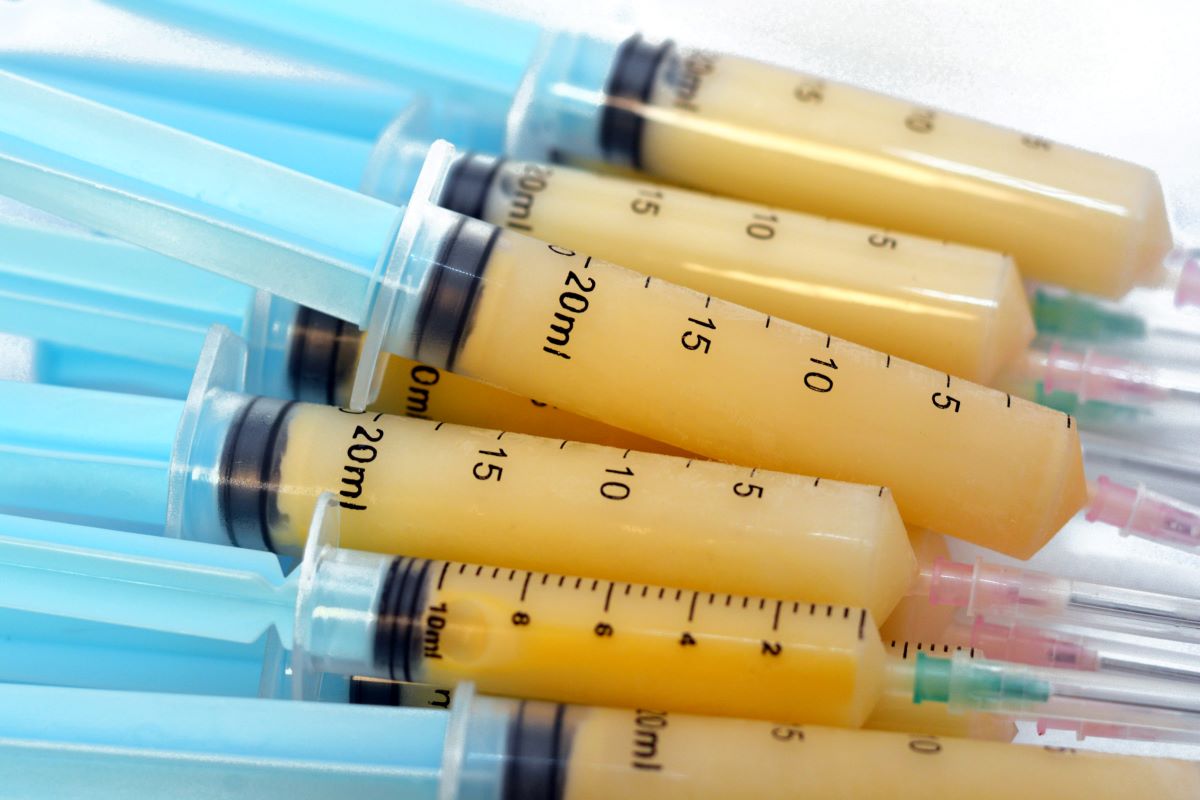
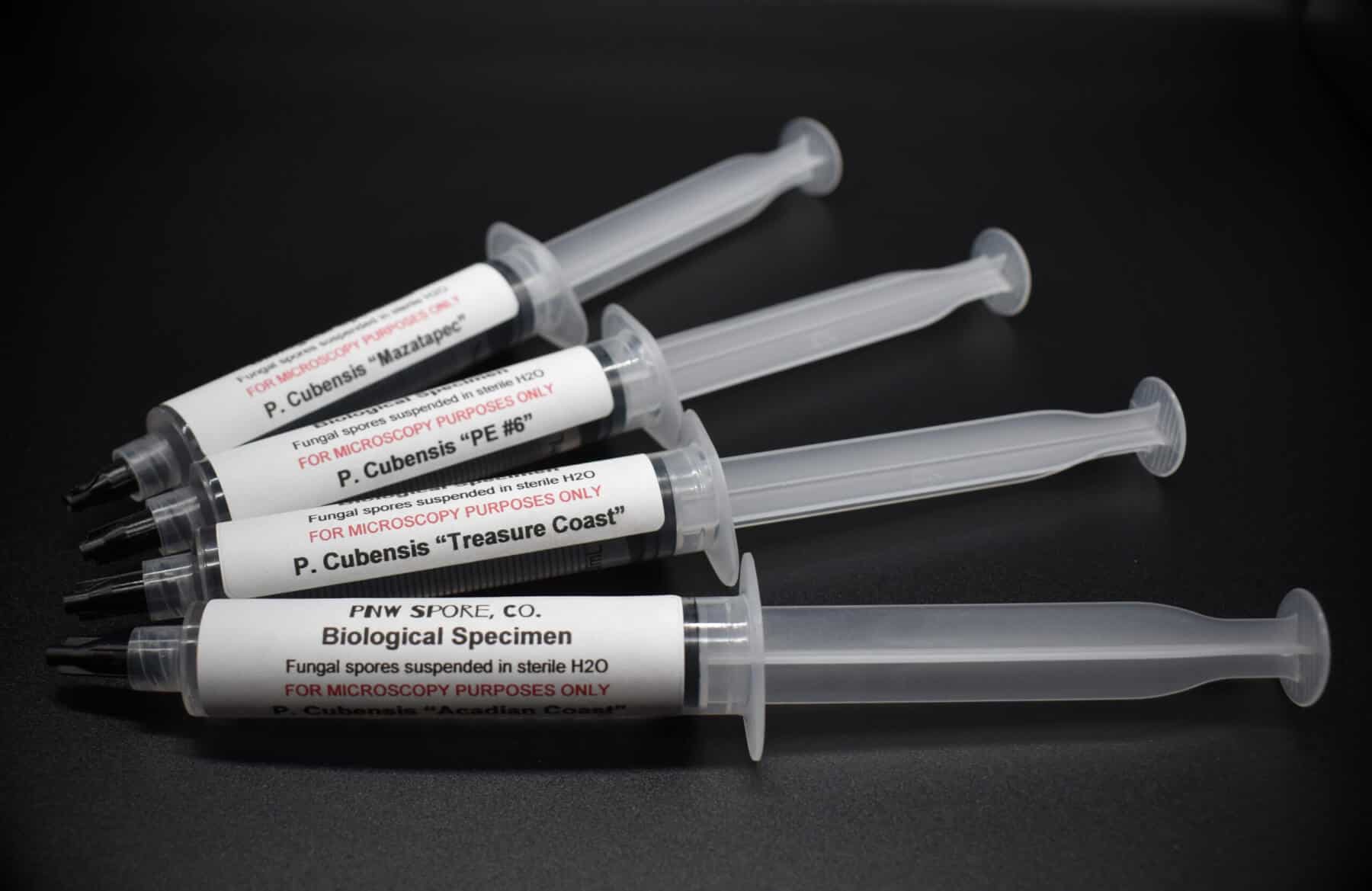
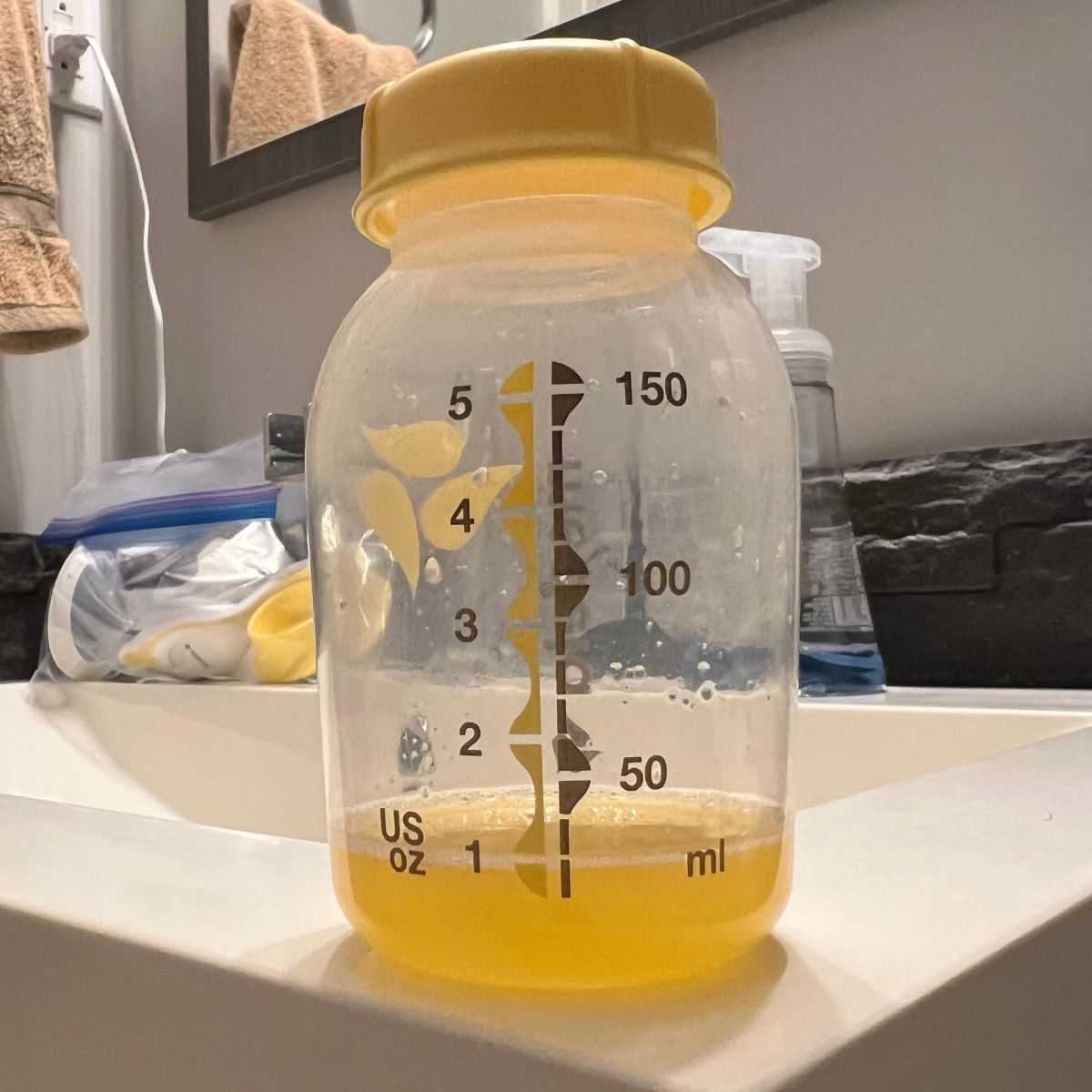
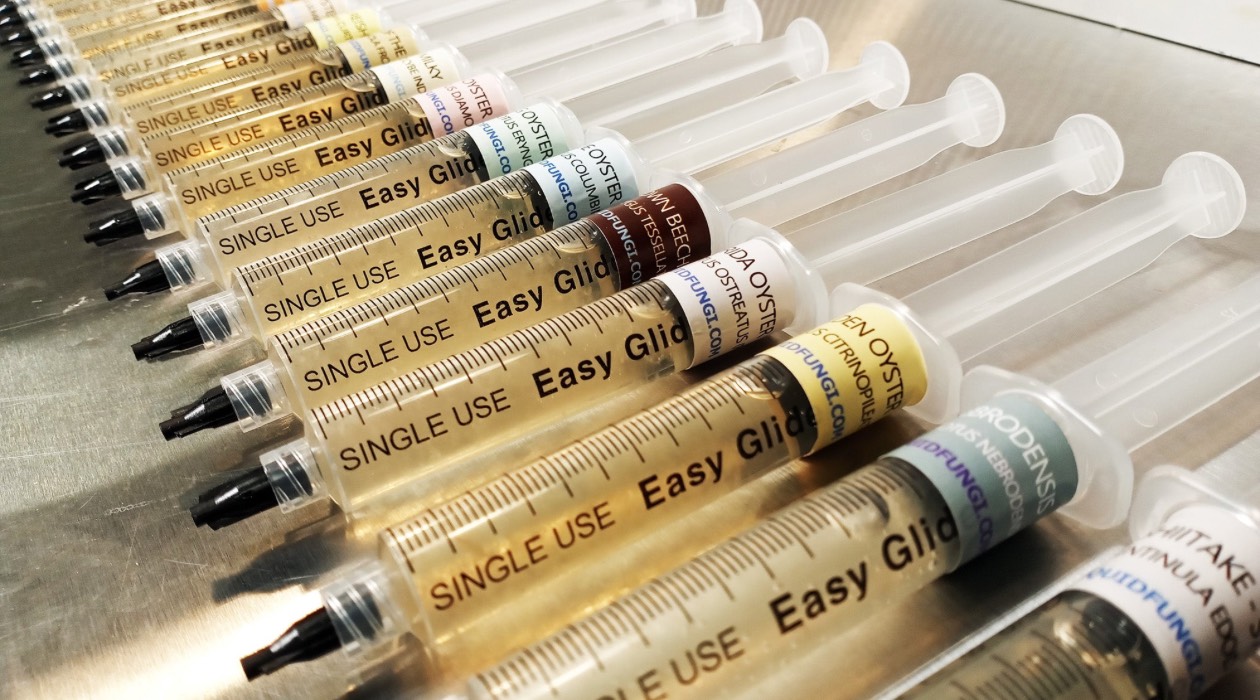
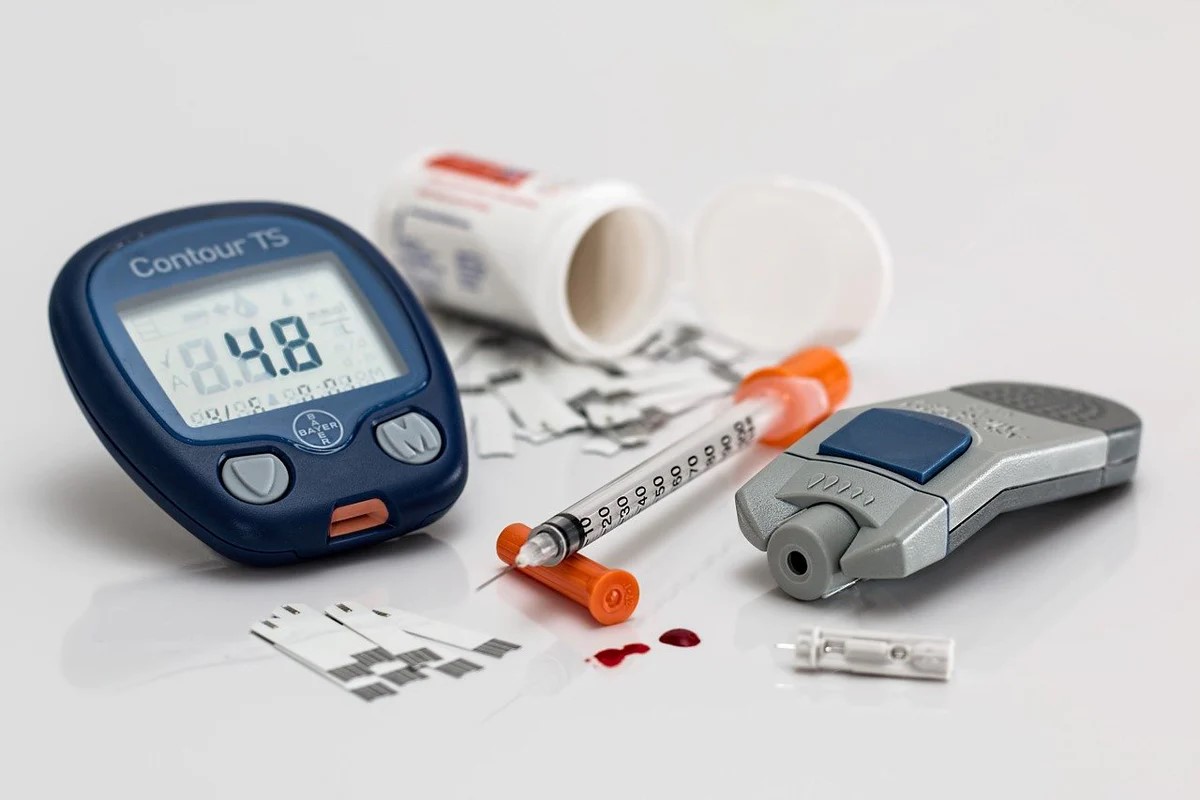
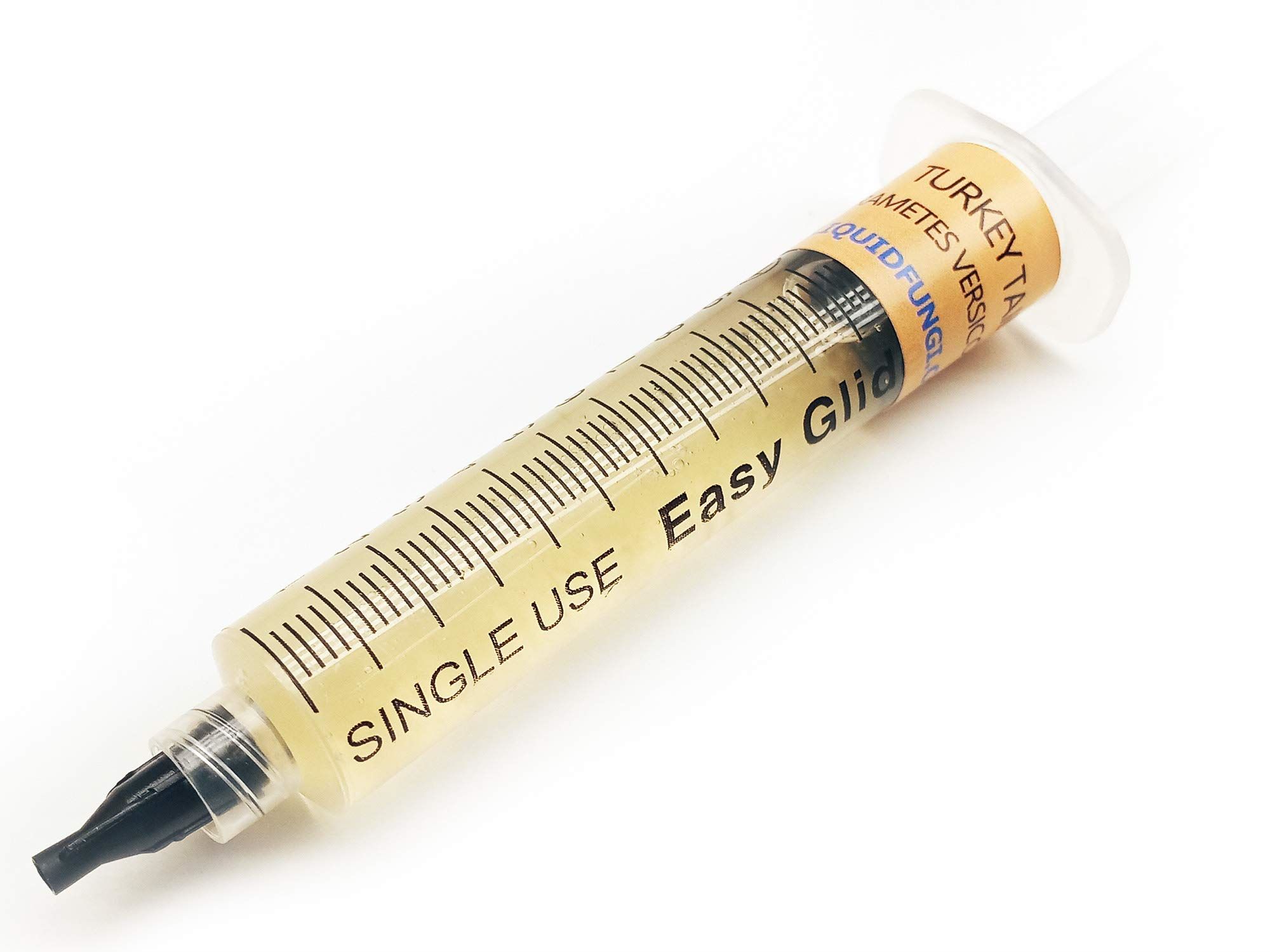
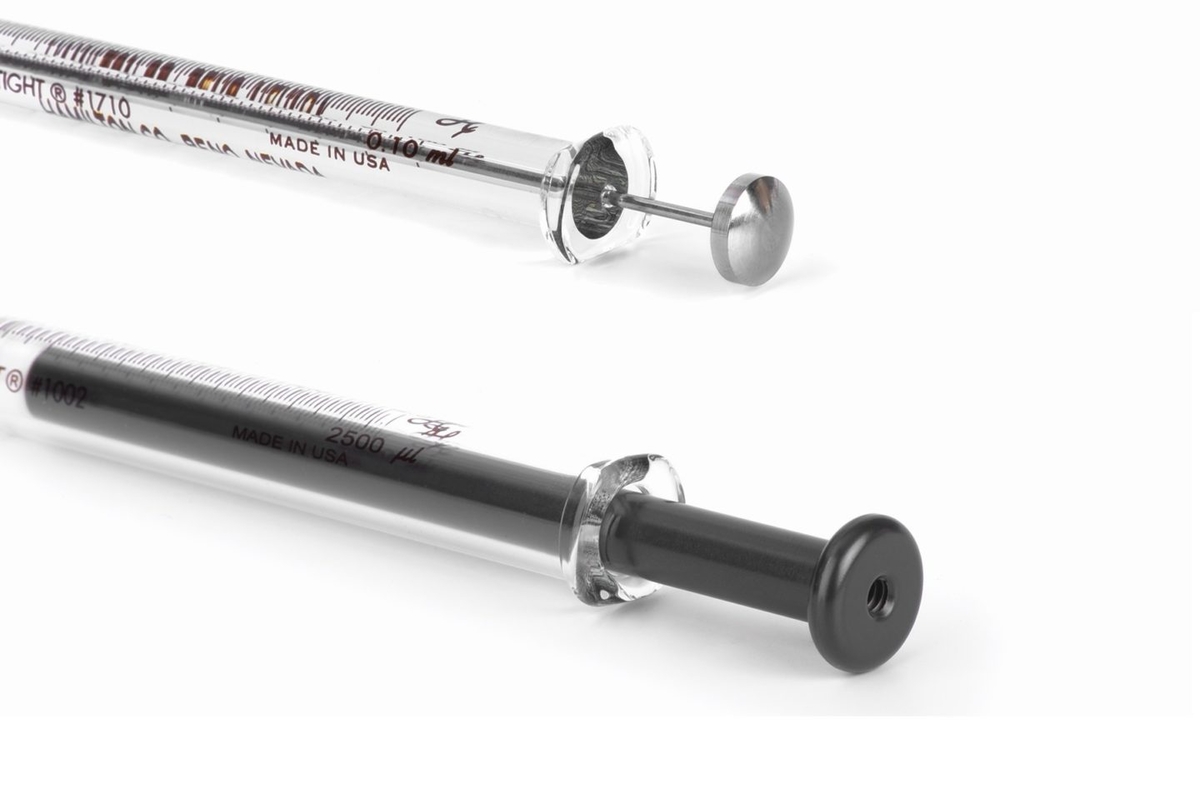
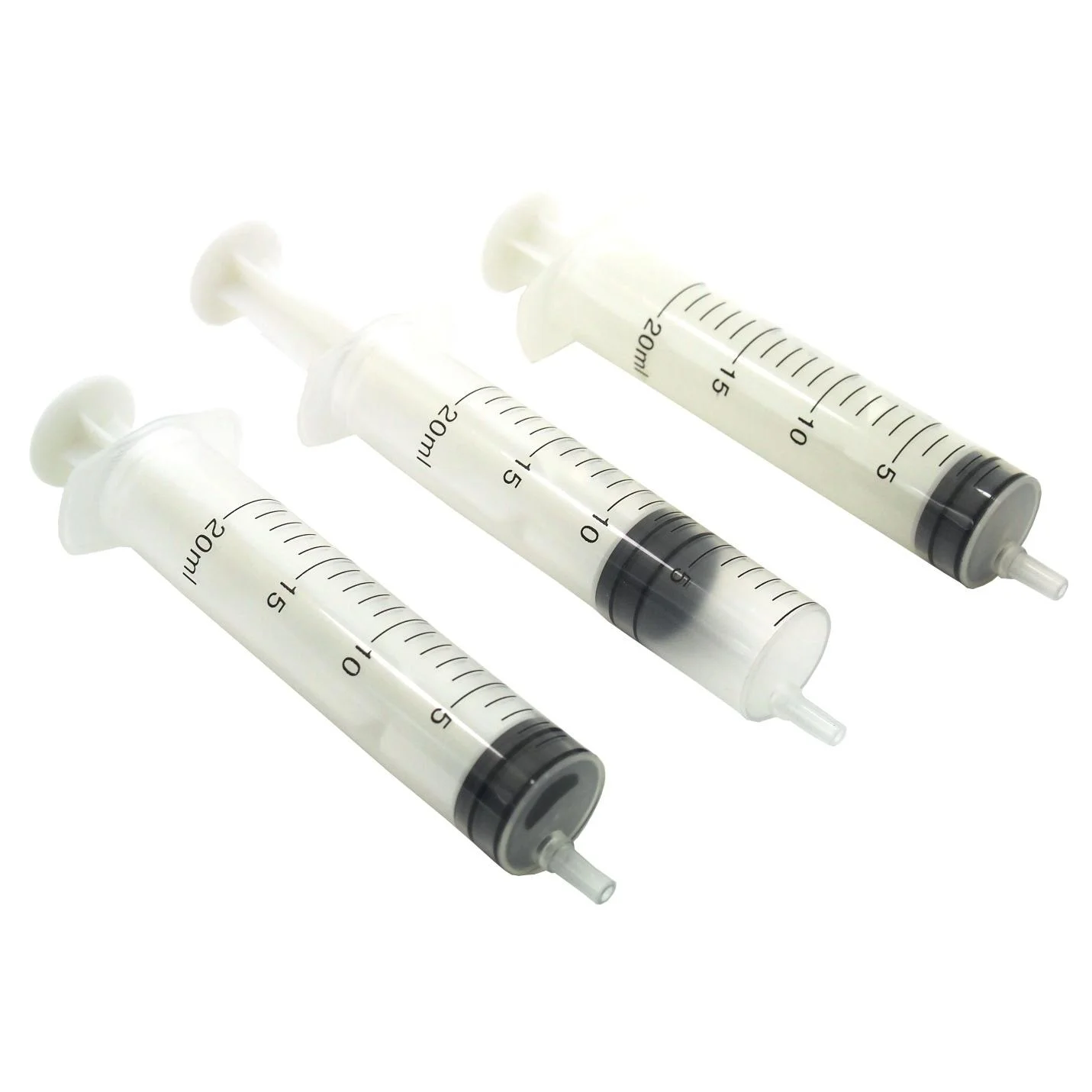
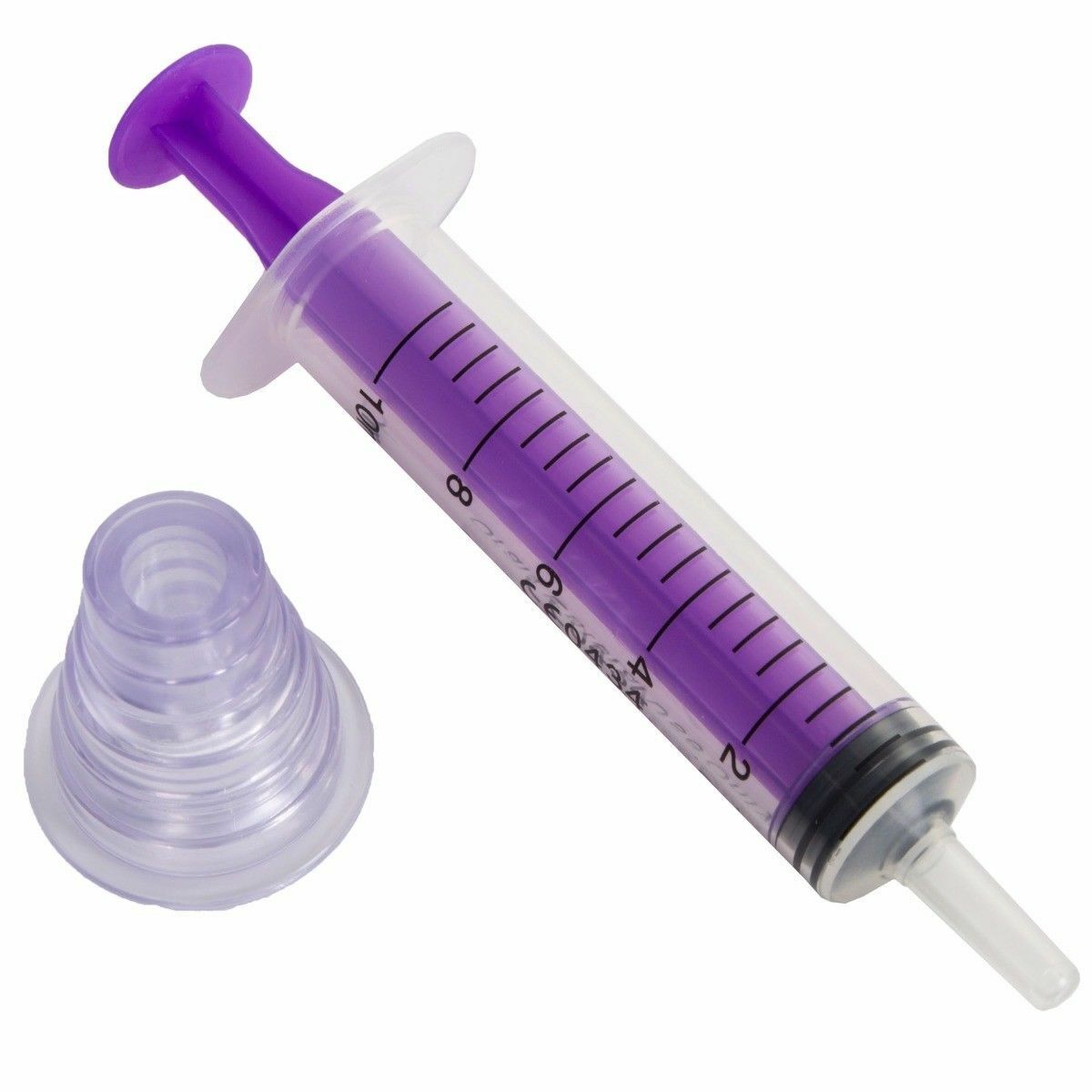
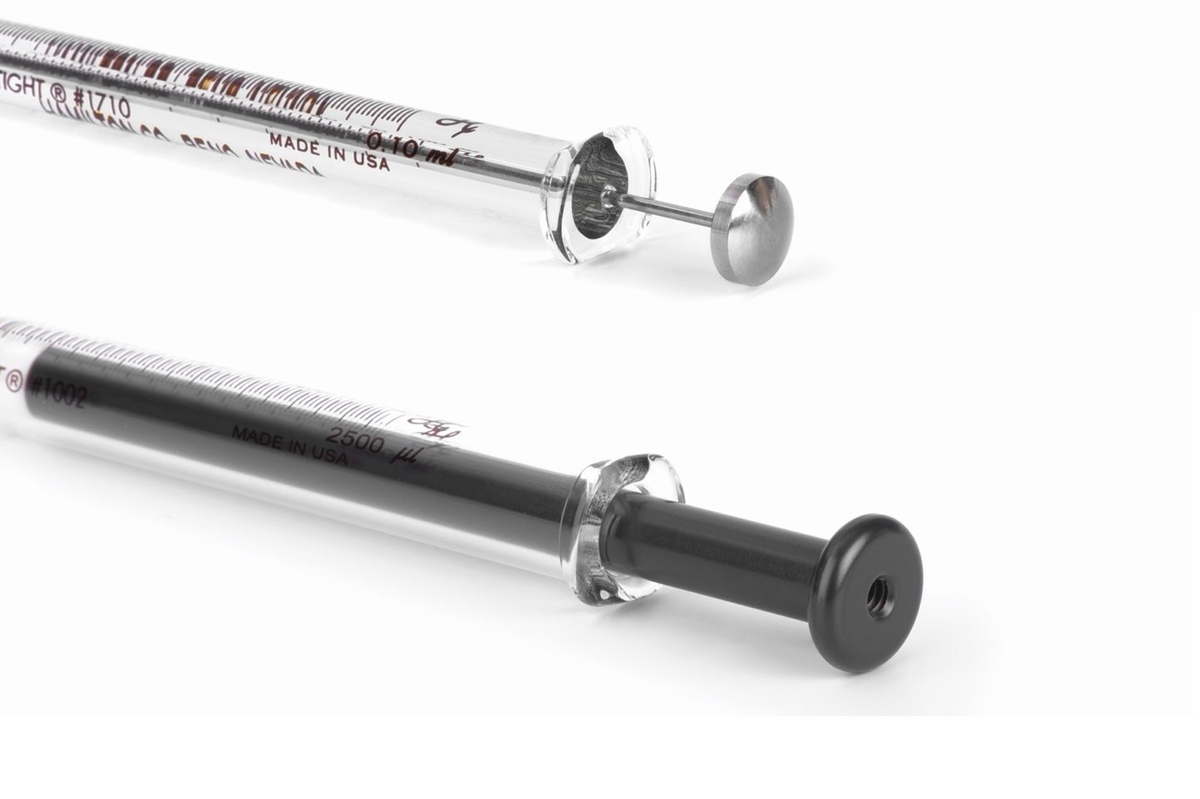




0 thoughts on “How To Store Colostrum In Syringe”